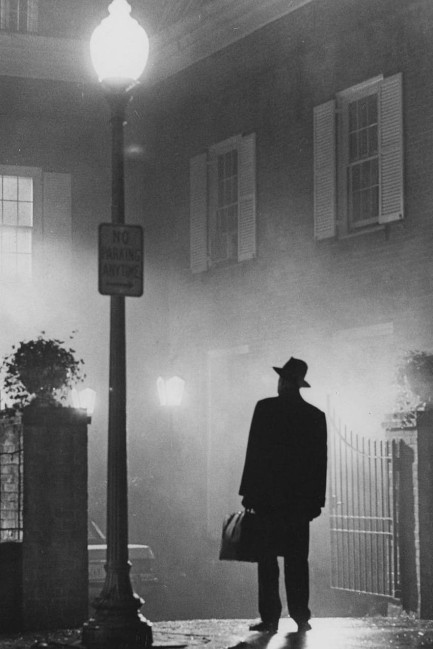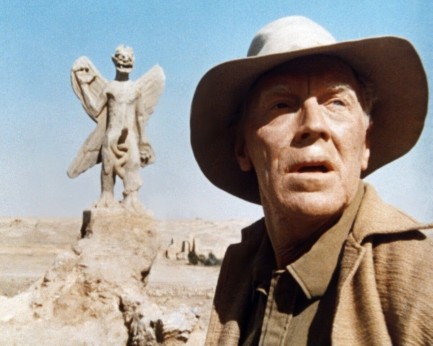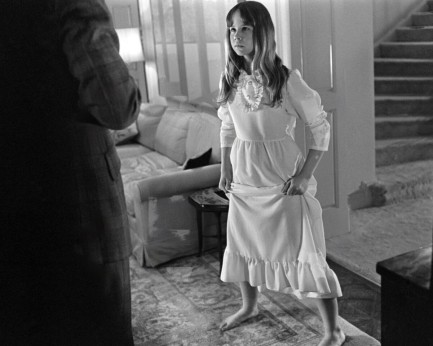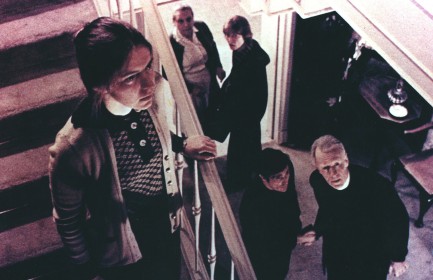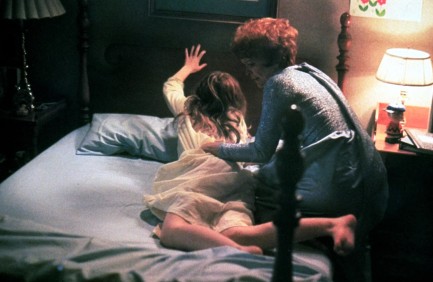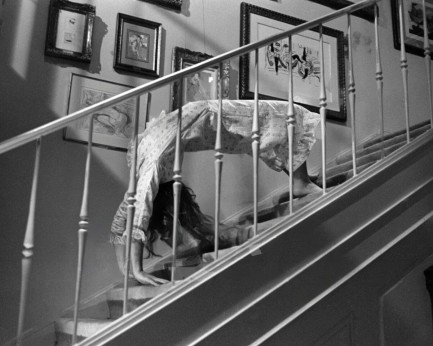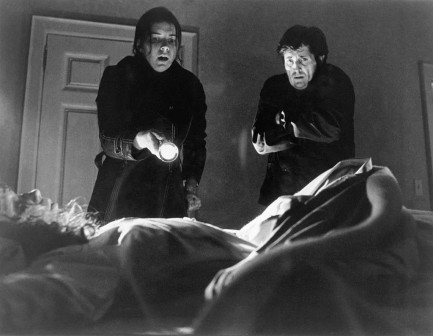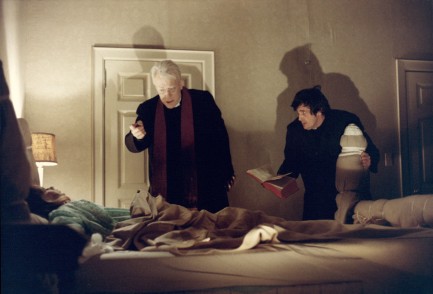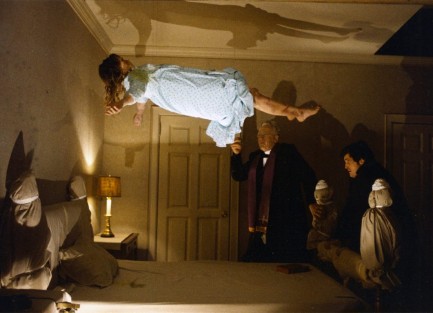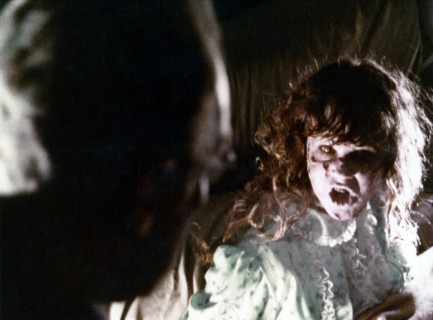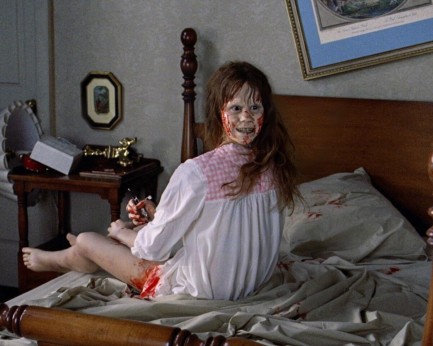| Modern Pulp | Feb 8 2010 |

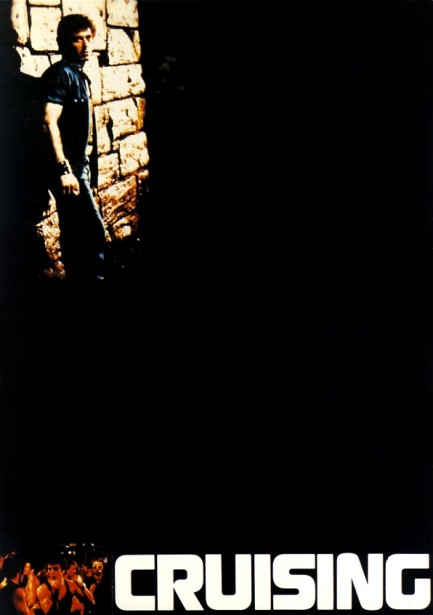
We just saw this movie for the first time a few months ago and it falls squarely into the category: could-not-be-made-today. That doesn’t automatically make it good, but it just so happens this is a pretty good flick. You’ve got a young, intense Al Pacino, noirish direction from William Friedkin of Exorcist fame, and a story focused on sex, drugs, and violence.
Basically, Pacino plays a cop who goes undercover in New York City’s gay BDSM subculture. He’s looking for a killer, which requires him to play the role of an available, leather-clad party boy. But there’s deep cover, and then there’s deep cover. When you cross the line trouble always results.
The art above comes from a promotional pamphlet, and it conveys the mood of the film quite nicely. We recommend it, with a reservation—if you’re progressive-minded, you’ll probably hate it. But you know that going in. Whenever Hollywood portrays a so-called subculture for a genre flick, it’s an affront to those being portrayed, whether gay, Chinese, black, female, religious, Texan, environmentalist, Iraqi, or what have you.
Could Hollywood make films that portrayed all these segments of society in only positive terms? Sure, but who’d go see them? So bring on the action, and we’ll deal with the caricatures by agreeing that they’re just living cartoons, designed to offer some thrills and chills. Cruising premiered in the U.S. today in 1980.
| Vintage Pulp | Jul 29 2009 |


We shared the U.S. poster for The Exorcist a while ago—today we have the striking Turkish promo art. According to IMDB The Exorcist, aka Seytan, didn’t play in Turkey until 1981—eight years after its American release. We usually trust IMDB, but this time we have it on good authority they are mistaken. The Exorcist played in Turkey in 1974, and somehow left filmgoers unimpressed, opening the door for a clan of enterprising locals to make a shot-for-shot Turkish-language duplicate. We use the term duplicate loosely. The second Seytan is to the original what your imbecilic hunchbacked twin is to you. Except where your twin is firmly locked in the attic and you only see him those occasional mornings when you slide a bowl of gruel into the dark corner where he’s chained, Seytan somehow escaped confinement to offend the eyes and sensibilities of good people everywhere. We hear Turkey is seeking entry into the European Union. Based on this human rights violation, we vote no.
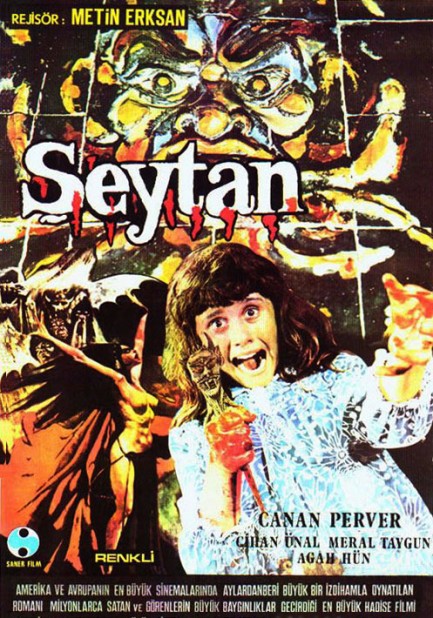
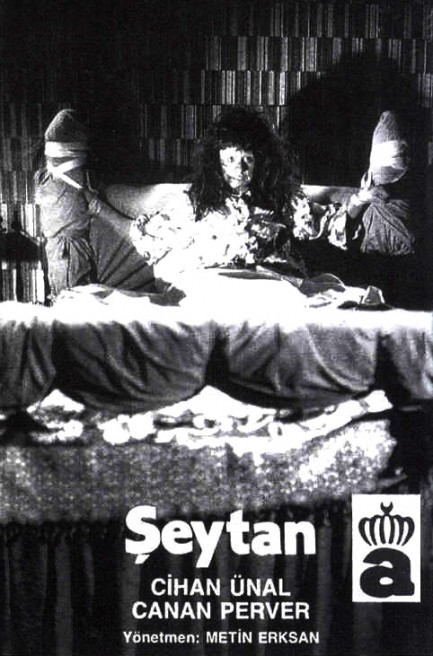
| Vintage Pulp | Dec 26 2008 |

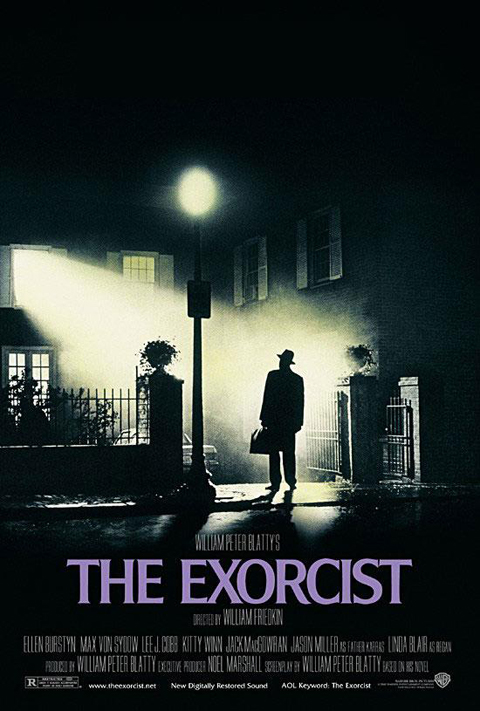
It was released today in 1973, and it implanted into happy holiday audiences enough nightmare material to last seven lifetimes. Half its tricks have since been stolen by other films, and the other half can’t be—because they can’t be shot legally on American soil anymore. The scene in which Linda Blair stabs her own nether regions repeatedly with a crucifix would make it past neither the test audiences nor the deciders in Hollywood’s executive suites. And even if it did the moral police at the MPAA would slap an NC-17 on it. That’s one of the reasons we love the 70s so much—what was produced then was uniquely daring and artistically viable.
Even though The Exorcist was based on a William Peter Blatty novel that sold like a billion copies, its success was surprising. It scored two Oscar nominations—one for director William Friedkin and another for Best Picture. It was beaten in both categories by The Sting, in a decision that marks something of a watershed for the Academy’s own artistic viability. Not that The Sting wasn’t good—it was. But history has made its judgment now, and few would argue that, of the two films, The Exorcist hasn’t been more influential, more imitated and, ultimately, more beloved.